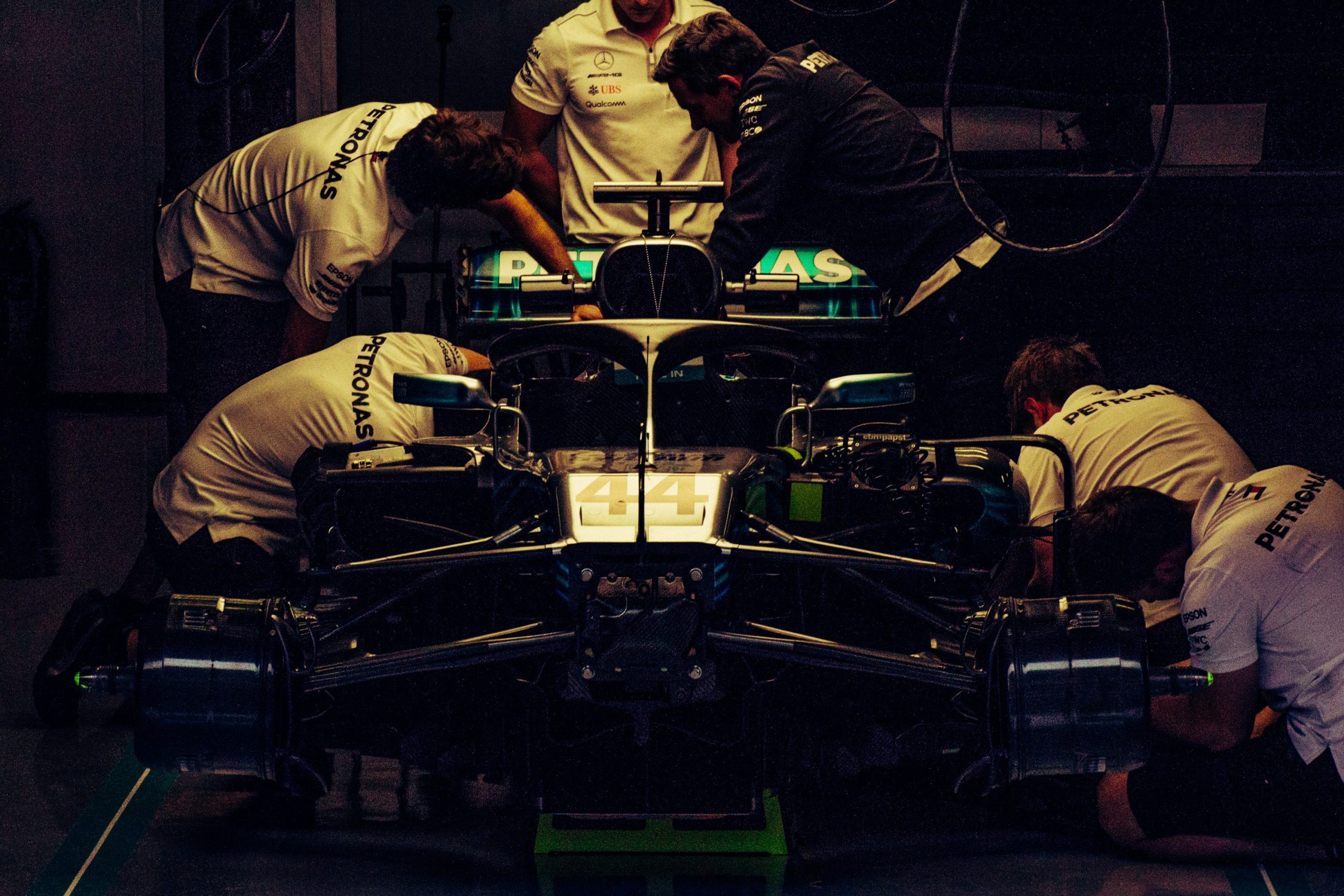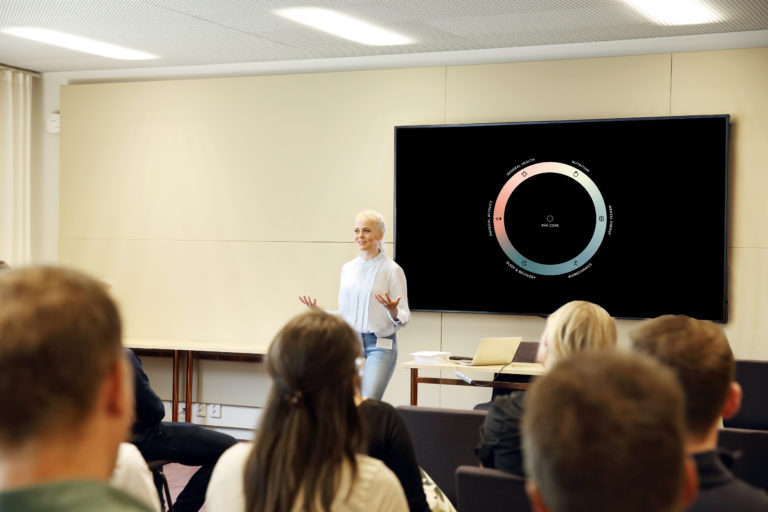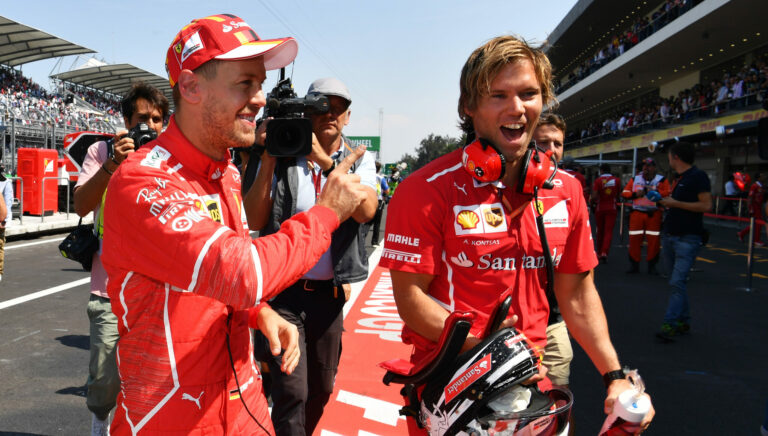Building Resilience is a Skill and a Team Effort – Insights from Formula 1

The psychological demands placed upon Formula 1 drivers are remarkable. There is something we can all learn about resilience from these athletes.
Consider what a typical workday looks like for you; now imagine how your ability to perform would be impacted by a live crowd of over 100,000 and a TV audience of over 80 million watching your every move. Think about how even the smallest mistake or misjudgement could have catastrophic consequences costing millions and resulting in weeks of media scrutiny, not to mention the very real likelihood of you losing your job.
Under this sort of psychological pressure, even the simplest task becomes complex. Driving a Formula 1 car, however, isn’t a simple task. For a Formula 1 driver, performing at an elite level consistently requires mastery of the hottest topic in performance psychology – the ability to demonstrate resilience.
We often hear that resilience is the ability to effectively respond to a setback or crisis. But it’s more than that: resilience is the ability to adopt a preventative and proactive approach to managing stress – done well, this provides an ability to withstand and function under pressure. Here are the key lessons learnt from the world of Formula 1 from those that demonstrate incredible levels of resilience every week.
Resilience is not a special quality you have or lack – it can be trained
Resilience is related to a number of personal qualities that are often associated with individuals who have risen to the top of their field:
- High levels of healthy confidence (that is, self-assurance, not arrogance)
- Maintaining focus and blocking out irrelevant noise
- Balancing intrinsic and extrinsic motivation to drive training and performance
- A positive, forward thinking mentality, allowing to learn lessons from the past and continuously develop one’s skills
We have a tendency to think that these qualities are rare and only found in extraordinary people. That’s not true. Each of these can be taught, trained, and developed. Many of the world’s best athletes have once suffered from low self-confidence, a tendency to get distracted, low motivation, or negativity bias. Each of these can be trained, overcome, and turned into resilience.
A starting point in addressing how to develop these qualities begins with a simple reframe: a switch from a threat driven ‘fear mindset’ to a proactive ‘challenge mindset’. So many plans are made on the (mis)assumption that progress will be linear – we’ll advance step-by-step, there’ll be few setbacks or surprises, we won’t fail repeatedly and question our initial plan and no one will ever get upset. Reality is often much messier. We face obstacles, our authority is challenged, someone wilfully obstructs us, delays happen, we revise our plan, we scrap it and we start over.
This is where the challenge mindset steps in. An athlete with a challenge mindset does not get impacted by the inevitable highs and lows of elite sports. An athlete with a challenge mindset considers the realities of their world, they acknowledge and accept that what they’ll face will be difficult, uneasy, and emotional. Adopting a challenge mindset is a form of priming: it gives you a head start to focus on your process, routines, and what you can control. If a driver has a firm grasp of this there is little room for fear; when a threat emerges, it has been predicted and workarounds are in place. Pressure can be even seen as a privilege because the resilient ones feel equipped to deal with it.
To adopt a challenge mindset, ask yourself this: Can you reframe your default stance to not expect a linear, sunny road ahead, but be mentally prepared for uneven terrain, bad weather, and surprising detours?
Resilience is not only individual – the environment plays a huge part
Resilience is often focused on the individual. But one crucial piece is often overlooked: the impact of the environment. Research on resilience shows that performing under pressure relies on a dynamic process between the athlete and their environment. When a flower isn’t growing, you turn your attention to the soil, not the flower itself.
The literature on this marries nicely with anecdotal evidence – I have seen first-hand how in times of stress an F1 driver will lean on their social support network to help organise their thoughts, regulate their emotions, and reinforce their mindset. Top teams will create training environments that balance high challenge, deep support, and recognition for achievement. What is also fascinating is the level of psychological safety in top teams’ interactions – conversation is honest, open, and to the point, there is no fear of repercussion for expressing an opinion or making a mistake. Put simply, when this way of working becomes the norm, a positive culture starts to develop, and those within it are more likely to demonstrate resilience in the face of pressure.
Creating a facilitative environment is about reinforcing desired beliefs and behaviours. Here, actions speak louder than words. When working with a driver to develop the qualities and mindset that lead to demonstrating resilience, my primary focus is on how the people around them support the work we’re doing. I can make note of the following: What behaviours are demonstrated towards the athlete after a successful performance? How about after an unsuccessful one? What messages are communicated by coaches and management? How much do they work together to form joint plans and processes? What behaviours boost better results in subsequent performances, and what behaviours – however well-intended – miss the mark completely?
There are so many lessons that can be learnt from how remarkable athletes, like Formula 1 drivers, demonstrate resilience regularly. Whilst the personal qualities they hone and develop over time provide an insight into how stress and pressure can be managed, they mean nothing without the right mindset, allowing them to walk head first into challenge and a support set-up that provides an environment for them to flourish…after all, building resilience is a team sport.



